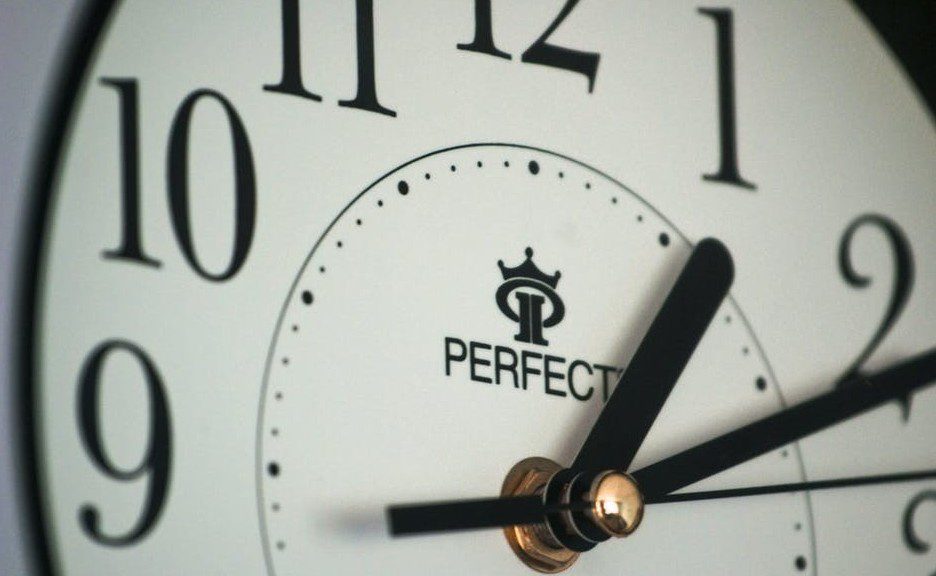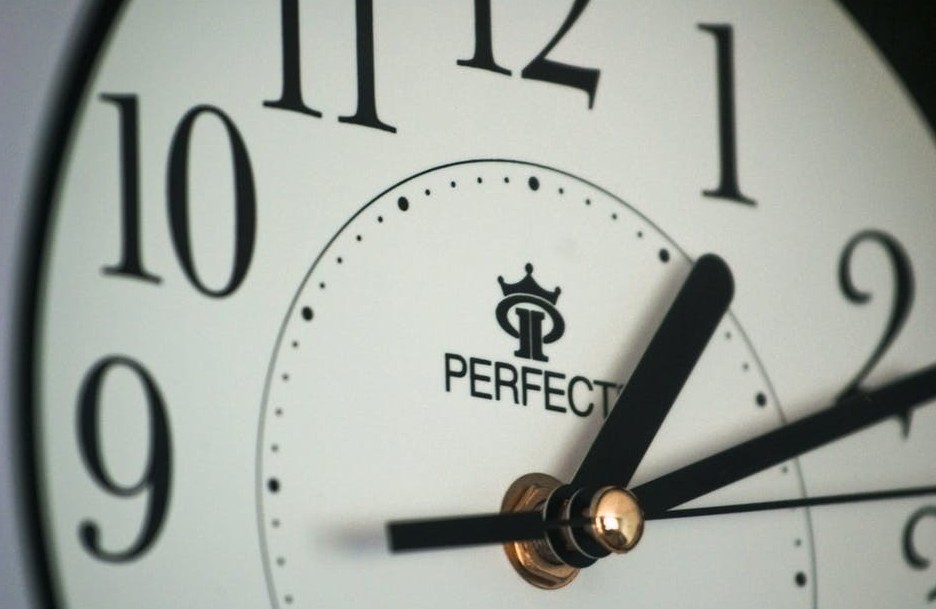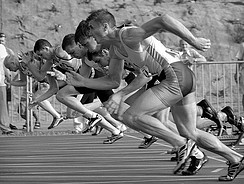
Running After Forty – Am I Too Old To Start Running?

Is It Too Late to Start?
It is generally recognised that after forty years of age we start to see the initial signs of ageing or slowing down. If you have never run before, or if you haven’t run for years, you might be asking yourself if running after forty is the most advisable thing to take up. Can my body withstand the demands of this activity, is it even safe to do so? Am I too old to start running?
Running after forty comes with some considerations, but as you will see from the following article the benefits far outweigh the negatives. As with any new physical pursuit of course, it is advisable to discuss your plans with your doctor.
What Happens to Your Body After Forty 
- You start to lose muscle mass. Sarcopenia (age-related muscle loss) actually starts occurring in our 30’s. With less muscle comes less mobility.
- Injuries are more common and it takes longer to recover. There is a much higher incidence of soft tissue injury such as a pulled hamstring or calf muscle. The muscles take longer to repair than when you were younger.
- Decreasing bone density.
- Lower concentrations and fluctuations in hormones such as human growth hormone, testosterone, estrogen and progesterone.
- Decrease in the body’s ability to turn protein into energy. Anabolic resistance lowers the body’s ability to break down and synthesise protein.
- Lowered metabolism (which lower’s your body’s ability to burn calories).
Why You SHOULD Start Running after Forty 
There is a long established link between regular exercise and longer lifespan. Some amazing health benefits of running include:
- Improving aerobic fitness.
- Improving muscle strength.
- Improving bone mineral density, (helps to prevent osteoporosis).
- Positively affects weight control.
- Beneficial for triggering other positive lifestyle factors such as a healthy diet and abstaining from cigarettes.
- Lowers the risk of cardiovascular disease.
- Lowers the risk of Type 2 diabetes.
- Reduces the incidence of knee osteoarthritis and hip replacement.
- Lowers the risk of depression.
- Lowers the disability and mortality rate in general.
While moderate running in general has a protective effect on cartilage in healthy people, it is important to be aware that individual circumstances (such as previous injury) may have a negative impact and further add to the development of OA (osteoarthritis).
CONSIDERATIONS
Taking into consideration some of the age-related factors there are some key areas to focus on that will not only aid in injury prevention but will also provide fantastic health benefits within themselves.
Strength/Resistance Training 
We’re not necessarily talking about weight lifting here. It is better to focus on functional strength especially when starting out. Start slow and gentle and low impact (think body weight exercises vs using weights).
Resistance training increases muscle strength and muscle mass and has several flow on effects:
- Strengthens supportive muscles which supports your joints.
- Helps regulate hormones and stimulates the production of human growth hormone, testosterone & estrogen.
- Improves the ability to convert protein to energy.
- Increases bone mineral density.
- Increases the ability to burn calories.
- Helps balance blood glucose levels.
- Benefits the neuromuscular system.
For some excellent exercises that help improve running form check out Andrew’s post here.
Interval Training
Interval training, or “speed work”, “sprint training”, HIIT (high intensity interval training) has amazing benefits for our fast twitch muscle fibers and for our overall health. One of the main benefits of this type of work-out is that it stimulates the production of human growth hormone. This anti-ageing wonder hormone is responsible for:
- Building muscle and burning fat.

- Increasing bone mineralisation.
- Supporting the immune system.
- Cell repair (recovery from injury).
- Boosting exercise performance.
High intensity interval training will increase human growth hormone the most out of all exercise forms.
Muscle Recovery
With more focus required on muscle recovery, rest becomes particularly important as we age. We need to give our muscles adequate time to rest and repair so they can continue to perform for us. The following factors are important to take into consideration:
- More sleep (good quality sleep). Also a peak time for human growth hormone production (during REM cycles).
- The importance of dynamic stretching and warming up (slow, controlled movement rather than quick actions and a sustained hold).
 Diet – the need for increased quality protein and omega 3’s.
Diet – the need for increased quality protein and omega 3’s.
- Cold water therapy – amazing anti-inflammatory and muscle repair benefits.
For more on the amazing benefits of cold water therapy check out Wim Hof’s website by clicking here.
- Foam rolling (daily) to loosen connective tissue and promote blood flow.
As you can see there are so many reasons why you SHOULD start running at any age. But like anything new it is important to take in your own personal circumstances before diving in. Having an assessment done by a medical professional is very important to identify any underlying biomechanical faults or discuss previous injury or disease.
Run For Your Life!
It’s never too late to take action for your well being and longevity. You know what they say – “Use it, or lose it!” I know I’d rather be one of those gorgeous old ladies who is able to run in the 80 years and over division than be confined to a wheelie walker.
If you ever find yourself asking ‘Am I Too Old To Start Running?’ take some inspiration from 103 year old Julia ‘Hurricane’ Hawkins, she holds the world record for her age in the 100 yard dash and began running at the tender age of 99!
As long as you recognise any risk factors before jumping in, along with being aware of the considerations I’ve mentioned, there is absolutely every reason why you SHOULD start running after forty – or any time!
